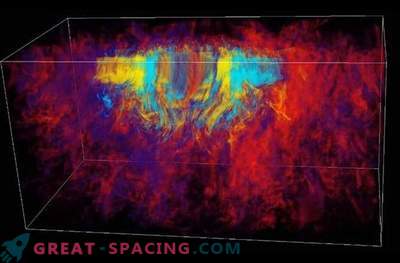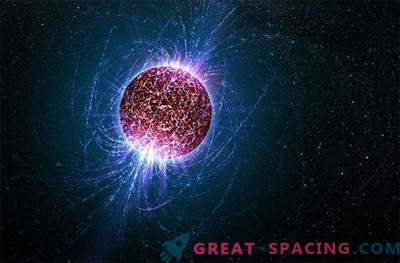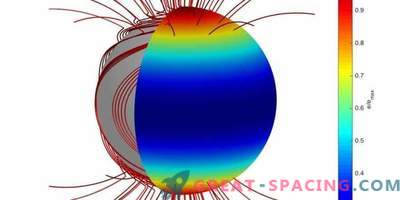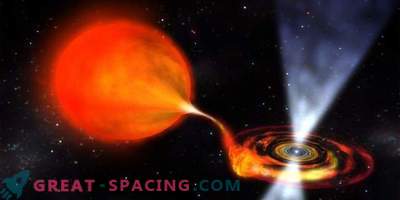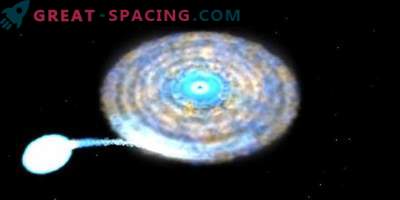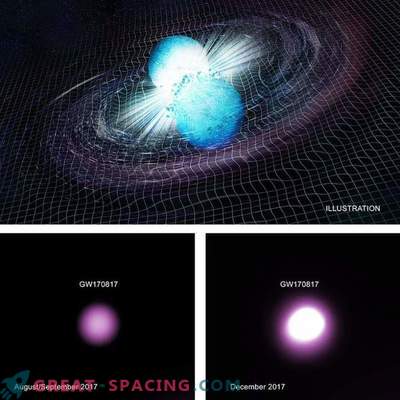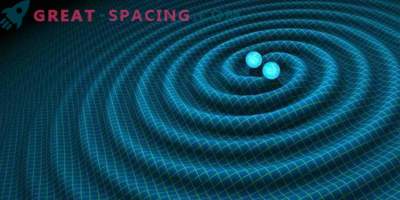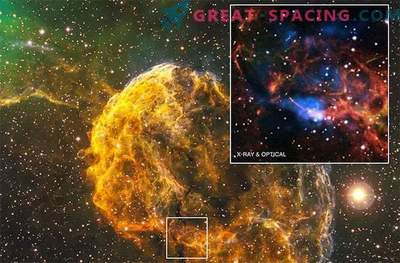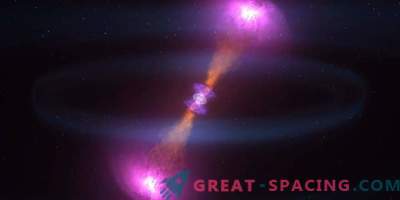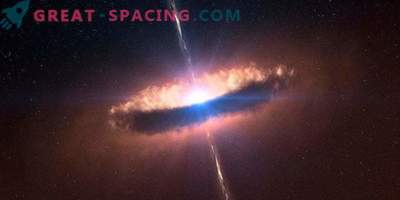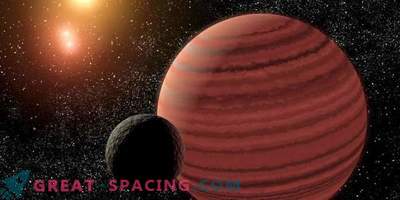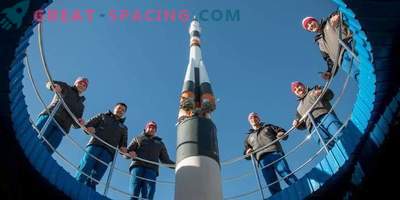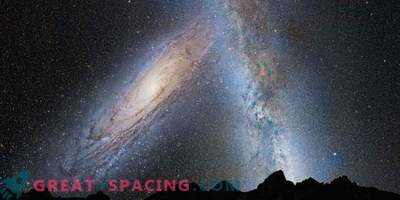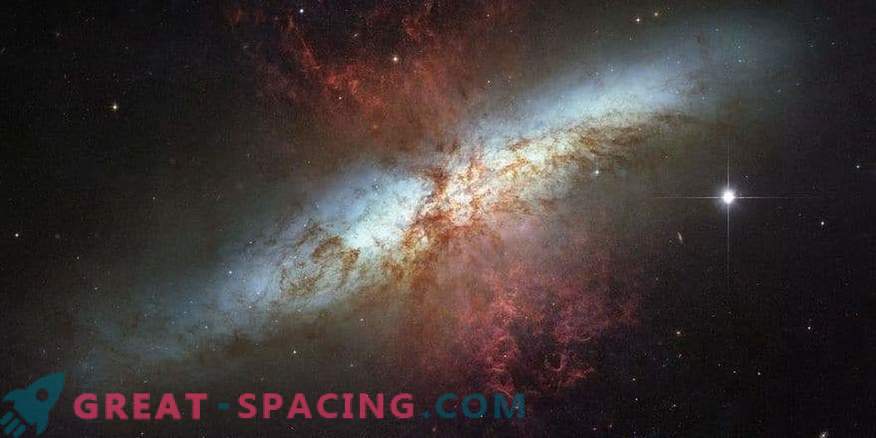
The expression “Two sides of the same coin” is familiar to us from childhood and represents the moment when two seemingly unrelated things are part of the same thing. It turns out that this can be seen in deep space in the form of a neutron star.
Neutron stars appear after the death of large stars that exploded in the form of supernovae. Gravity causes a star to collapse to the size of a small city, but the density increases so much that one teaspoon of such matter will converge in weight with the mountain. The core of a neutron star rotates about 10 times a second or more. Over time, the speed may increase and reach more than 700 times per second!
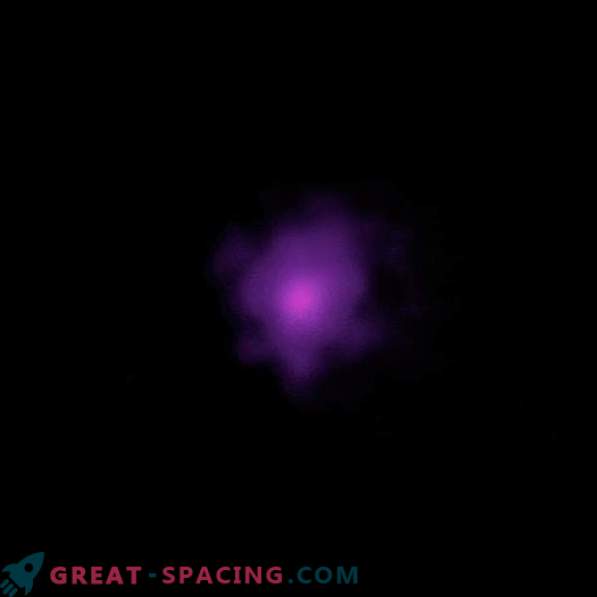
The pulsar depicted here is in the galaxy M82 and is 12 million light-years distant from us. The object sends X-rays to the Earth, arriving every 1.37 seconds. NuSTAR scientists first thought they were looking at a massive black hole
Some neutron stars, called radio pulsars, are endowed with powerful magnetic fields and emit radio waves in predictable pulses. Other neutron stars have even stronger magnetic fields, demonstrating powerful high-energy bursts of X-rays and gamma rays. They are called magnetars, and their magnetic fields are considered the strongest in all space.
Since the 1970s Researchers studied magnetars and pulsars as two different populations. But in the last decade, evidence has emerged that there may be stages in the evolution of a single object. That is, at first the neutron star can be a radio pulsar, and then becomes a magnetar. Or vice versa.
Some believe that objects resembling magnetars gradually stop emitting x-rays and gamma rays. There is also a theory that a radio pulsar first goes, and then a magnetic field appears, creating magnetaric flashes.
It is difficult to study such objects, because magnetars last only from a year to several years before the colossal waves of X-rays dissipate magnetic energy. In addition, pulsars are incredibly ancient objects. For example, an object from the Crab Nebula appeared in the early 1000s. And the event itself does not happen so often. The last known supernova in our neighborhood was formed in 1987.
The most famous parts were obtained from the Fermi, Swift, RXTE, NuSTAR telescopes and the XMM-Newton observatory. The observations included seismic waves (through a magnetar), clouds of high-energy particles (a nebula around) and a magnetar, which is considered the most slowly rotating neutron star.
